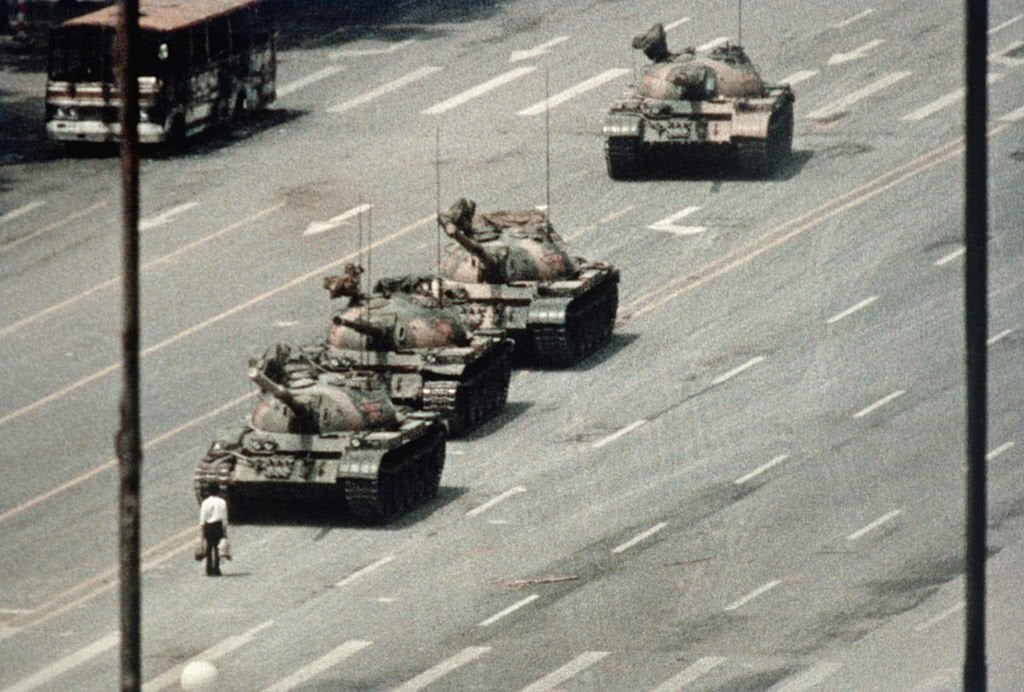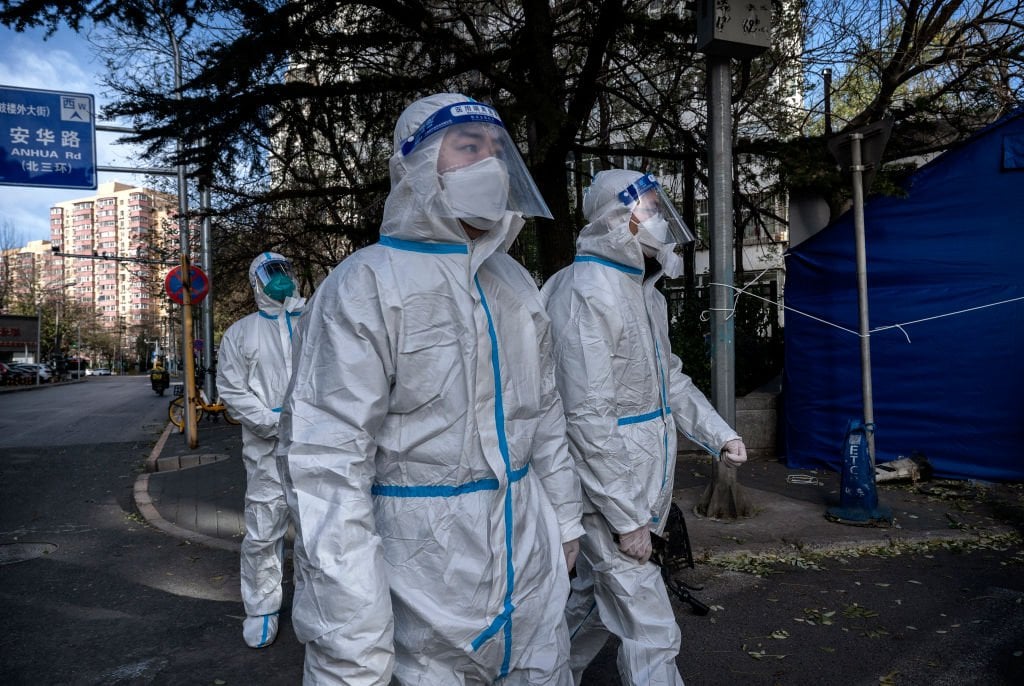
What's happening in China right now is unprecedented, with protests like those currently underway unseen in the communist nation for decades.
During the 1989 Tiananmen Square demonstrations, where reportedly as many as 10,000 people were killed, protesters were calling for greater freedom of speech and less censorship. They were spurred on by the death of a prominent politician, Hu Yaobang, who'd overseen economic development and social change in the country (much to his party's distaste).
 Remember this photo? The iconic 'tank man' image has become synonymous with the 1989 protests. Image: Getty.
Remember this photo? The iconic 'tank man' image has become synonymous with the 1989 protests. Image: Getty.


